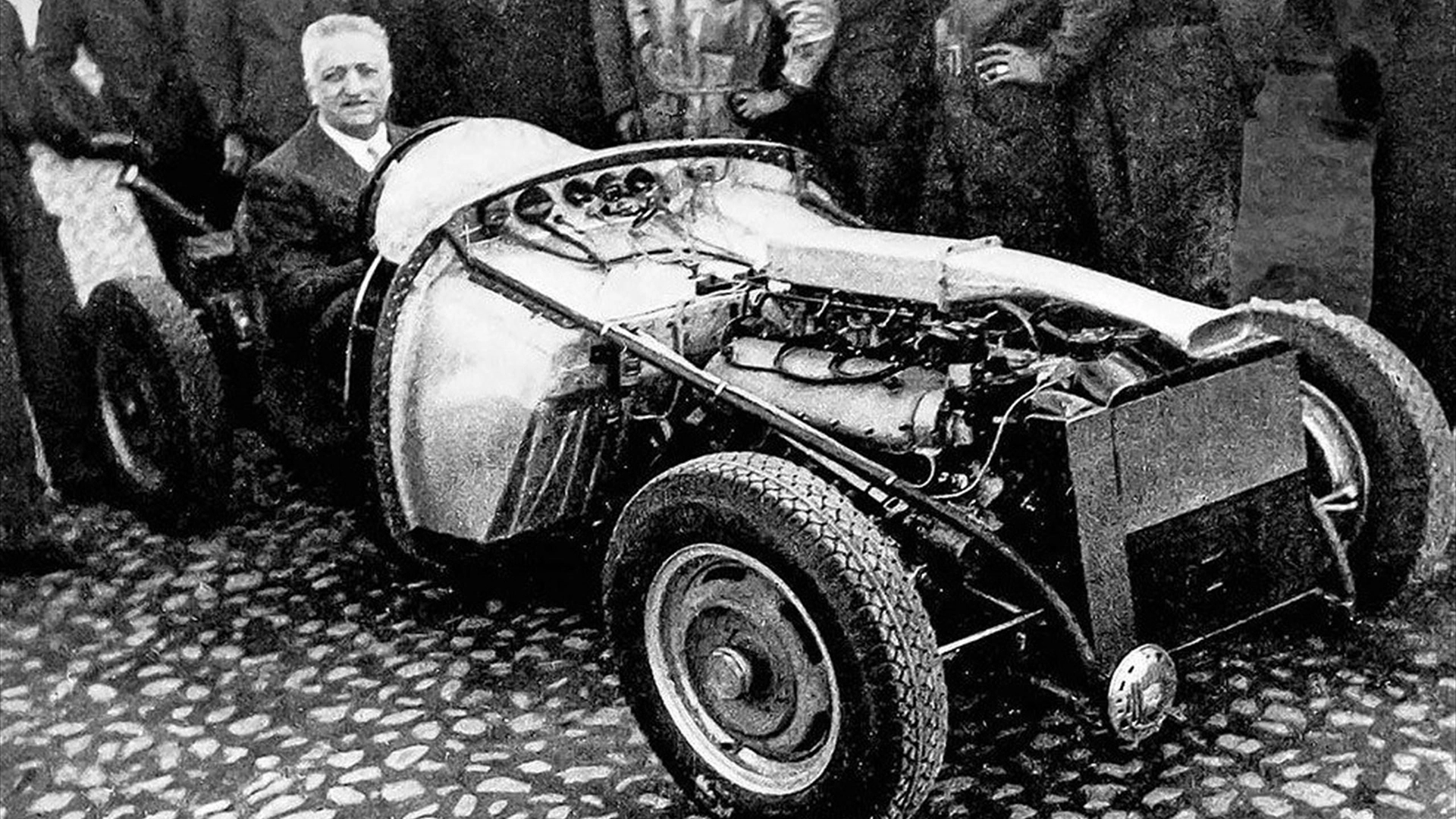Unforgettable Car Geniuses: Giuseppe Busso
05 April 2025 3 min read 4 images

Photo credit: Alfa Romeo, Wheelsage
It’s rare for an engineer’s name to become the identity of the engine he created. Among the few exceptions — like Fuhrmann and Mezger of Porsche — is the Italian Giuseppe Busso. Still today, Alfa Romeos fitted with his V6, first built in 1979, are known as models with the “Busso V6”. Even though the engine’s most famous success was Alfa Romeo’s dominance in the highly competitive German DTM touring car championship — a serious slap in the face to Germany’s own automakers, long-standing protagonists of the series — the engine had an incredibly long life and was used in many vehicles, not only from Alfa Romeo but also Lancia and Fiat.
Register to unlock this article
Signing up is free and gives you access to hundreds of articles and additional benefits. See what’s included in your free membership. See what's included in your free membership.
Already have an account? Log In


